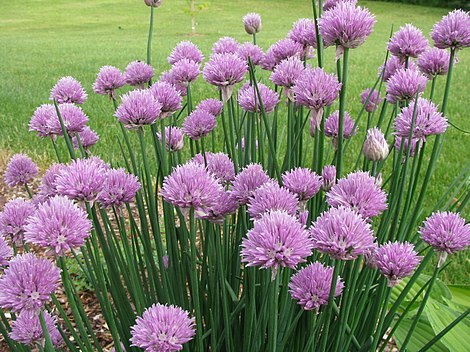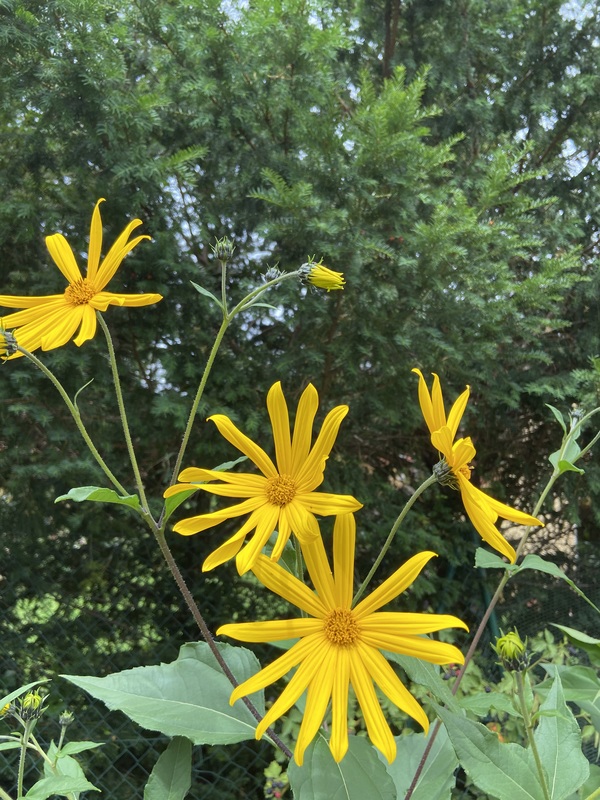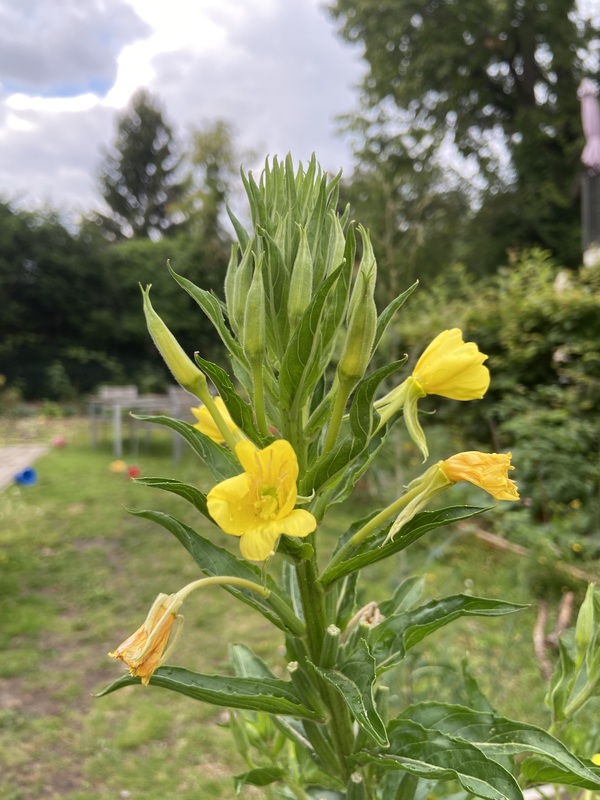Description
Attention: Only young leaves, shoots, flower buds and immature fruits are edible. Better to cook them before. Please make sure you know what you are doing!
Common Milkweed (Asclepias syriaca) is a herbaceous perennial native to most of the central and eastern United States. It typically grows to a height of 2-4 feet, with a reddish-purple stem and alternating, oval-shaped leaves. The flowers are pink and fragrant, arranged in spherical clusters at the top of the plant.
One way to differentiate Common Milkweed from similar plants is by its milky sap, which is visible when the plant is damaged or cut. The sap contains latex and is toxic to some animals, so handling the plant with caution is recommended.
Common Milkweed prefers full sun and well-drained soil, but it is tolerant of a variety of conditions and can even grow in poor soil. It is winter hardy and can be propagated by dividing the root ball or collecting and planting its seeds.
The plant is not readily edible for humans, but its nectar is a valuable food source for pollinators like bees, butterflies, and hummingbirds. The leaves and stems can also be eaten by monarch butterflies and other insects.
Common Milkweed has a number of uses beyond its value to wildlife. Its downy fibers can be used for insulation, and the plant has historically been used medicinally to treat a variety of ailments. The sap has been used as a treatment for warts, and the roots can be used to make a tea that is thought to have sedative properties. The plant has also been used as a source of dye and as a fiber for weaving.





